|
Spectral Imaging Captures the Earth’s Ailments
Scientists have sent spectral imaging satellites to circle other planets in our solar system; surprisingly, though, mapping with spectrometers and other imaging devices has only relatively recently begun for Earth.
Droughts and Floods
In January 2015, NASA launched a $916 million observatory called SMAP (for Soil Moisture Active Passive). Intended to measure soil moisture through active radar and passive radiometry, SMAP helps scientists predicts droughts. And such data goes quite a long way in forecasting seasonal crop yields, so SMAP can even forecast famines.
Scientists even say that the technology would have prevented the 2012 Midwest drought from doing so much damage, at least in terms of planning, as farmers would have been advised to expect substantially lower crop outputs.
But SMAP isn’t only about predicting droughts. It also can help predict floods by mapping saturated grounds that are unable to hold additional groundwater, meaning a landslide or flood might occur if additional rains come before the water dissipates.
Global Carbon Dioxide
But it’s not just water that satellites are mapping. They’re tracking greenhouse gases, too.
It’s estimated that human activity produces roughly 37 billion metric tons of carbon dioxide annually. While plants and oceans absorb about half of this, a potential tipping point of too much CO2 just isn’t known. The good news is that in July 2014, NASA launched the Orbiting Carbon Observatory-2, which can precisely measure (to one molecule per million) how much carbon dioxide is being released or absorbed in any particular spot on Earth. As climatologists track amounts of CO2 they gain a better understanding of the cause-and-effect factors at play.
Even More Mapping
NASA is scheduled to begin five more environmentally-focused missions in the near future, with satellites set to monitor the water cycle, hurricanes and climate change. What’s more, miniature CubeSats will be deployed from the International Space Station and other space vehicles to help as well.
As a supplier of optics and subassemblies, Gooch & Housego is proud to be part of an industry that is doing its part to ensure the long-term health of our planet. For more information on our various product lines, including spectral imaging, please contact 光傲科技 400-921-9858
| 
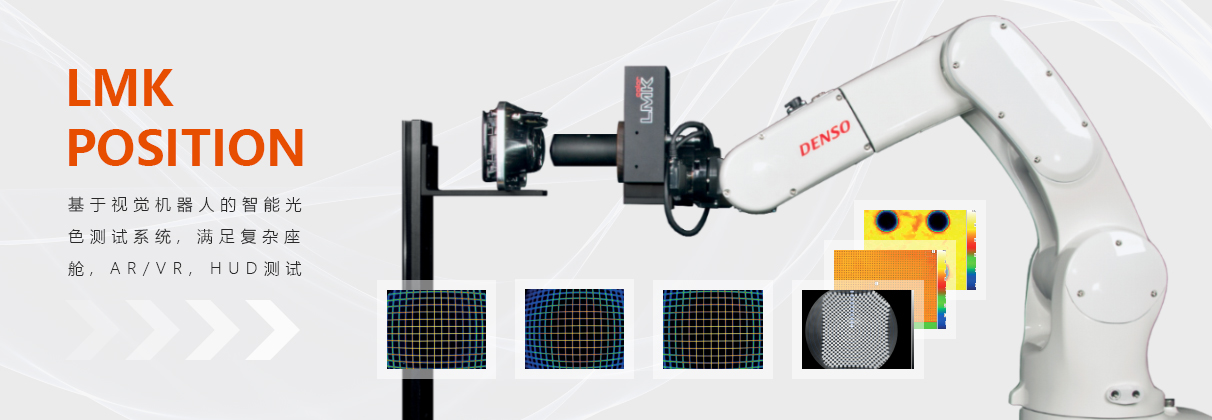

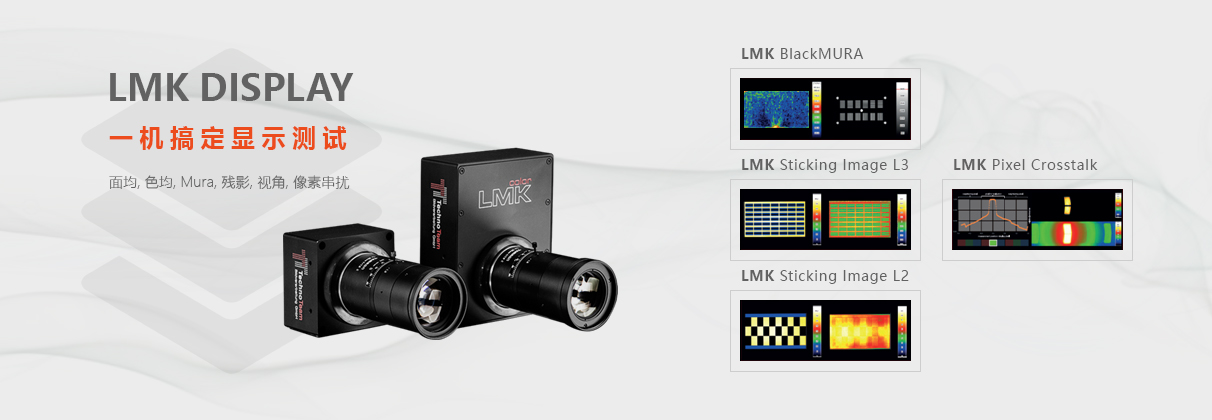
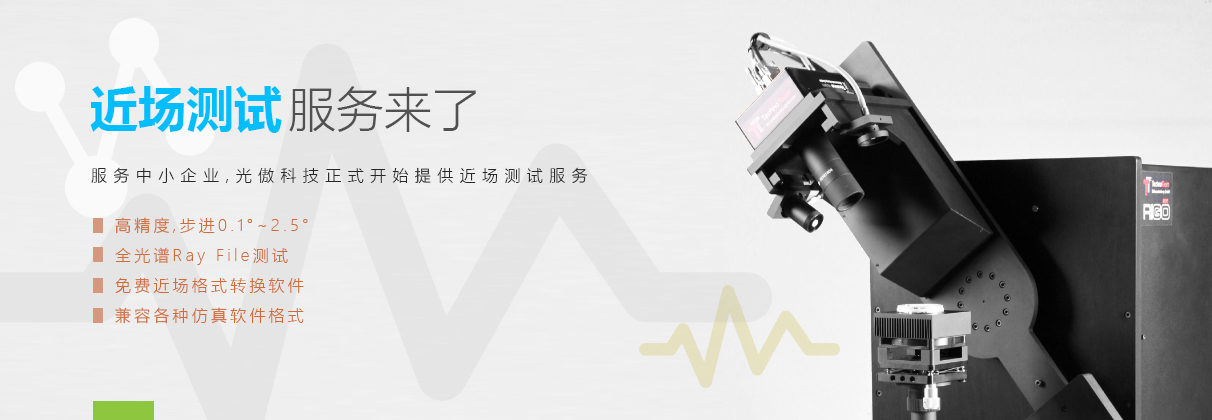
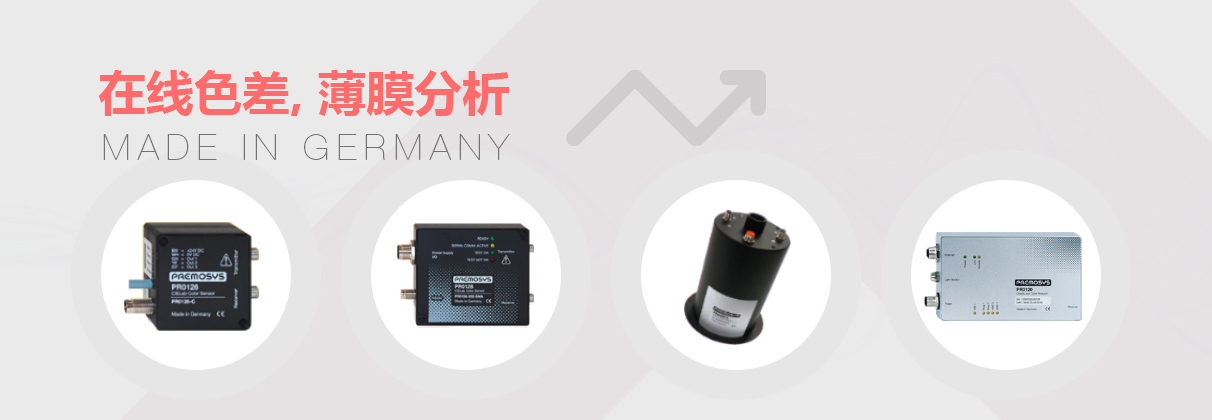
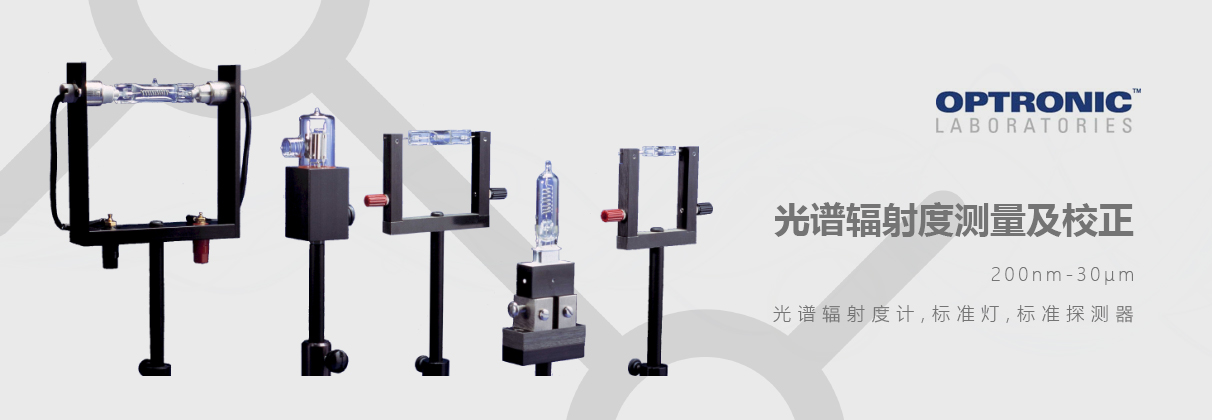


 解決方案
解決方案 科學研究
科學研究 光譜成像技術
光譜成像技術







